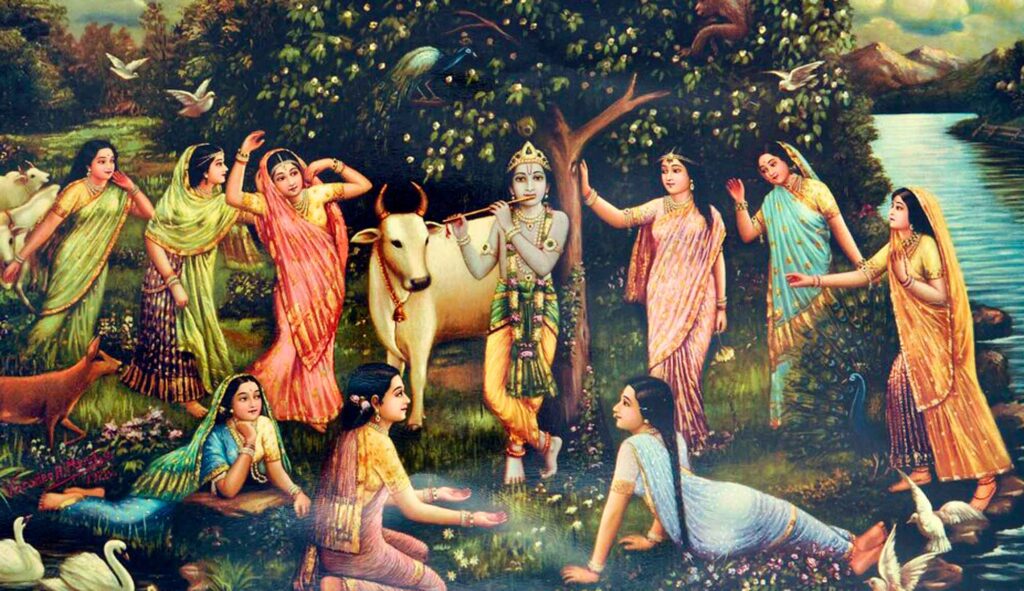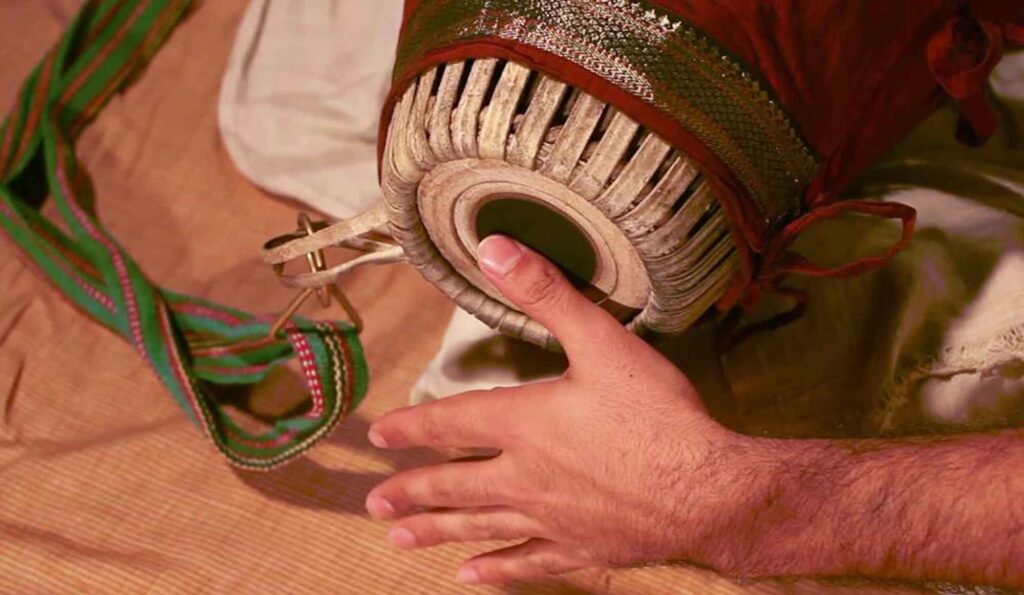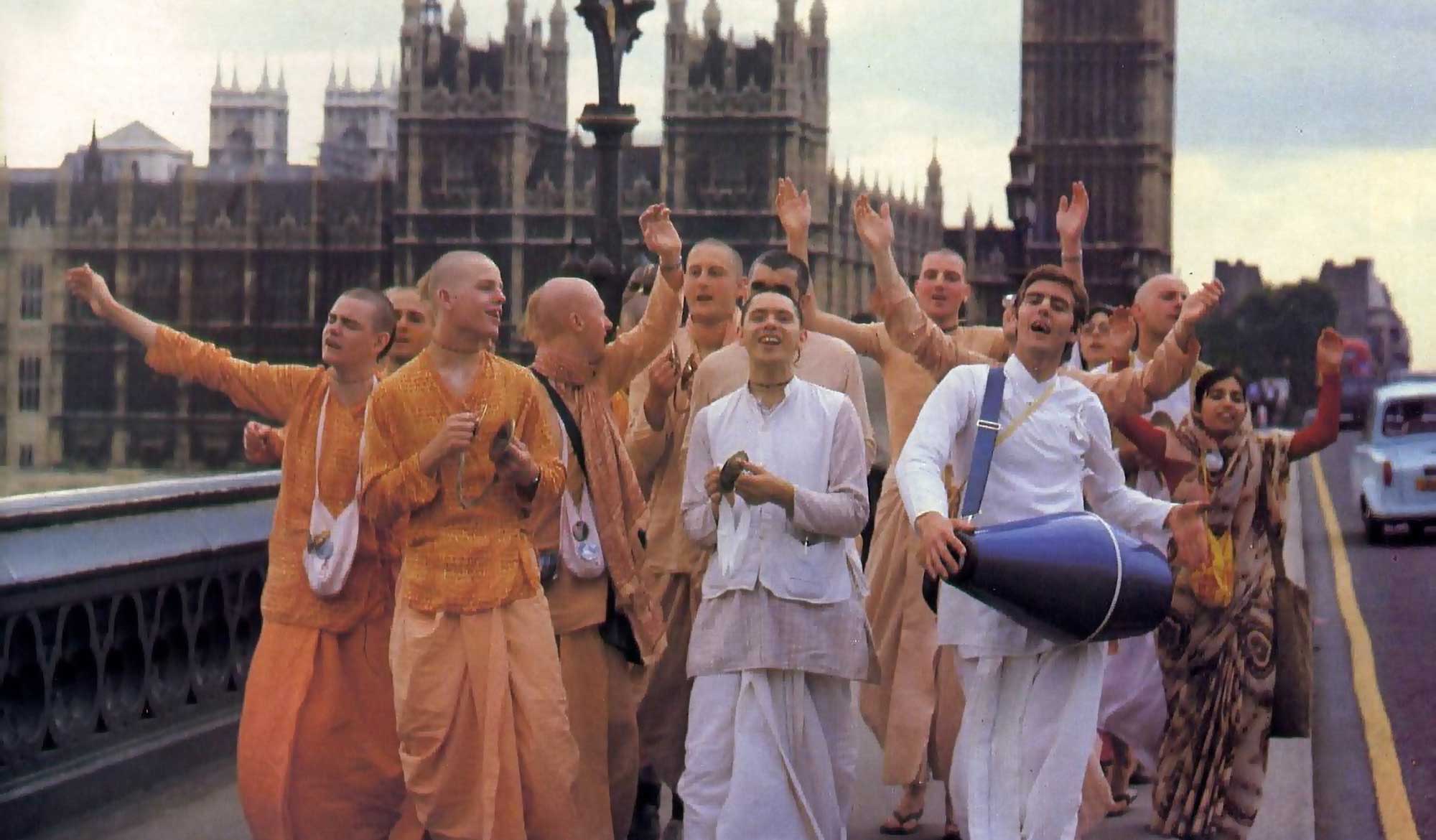Overview
Soma Prakāśa u Vaiṣṇava Dharma (The Soma Prakāśa and Vaiṣṇavism) was published in Sajjana Toṣaṇī, Vol. 2. Issue 11 in 1885. This essay by Bhaktivinoda Ṭhākura is in response to an article by the editor of the Soma Prakāśa newspaper who made derogatory statements against Śrī Caitanya Mahāprabhu and Vaiṣṇavism. At the conclusion of his article, Bhaktivinoda explains something about Hinduism and Vaiṣṇavism.
(translated by Swami B.V. Giri)
There is no need to protest against the accusations made on the previous 18th of Bhādra by the honourable editor against pure Vaiṣnava dharma, since people of a tāmasika nature have always condemned Vaiṣnavism. There is no evil in the most magnanimous Vaiṣnava dharma – only in the increase of slanderers in this oppressive world. The slanderer of Vaiṣṇavas has always attained the same result as Śiśupāla, who used to sneer at Bhāgavān Śrī Kṛṣṇa and say that He ate the food of cowherds, and had deviated from dharma.
Today, the new scientific community is noticing the preeminence of Vaiṣṇava dharma. In fear that their theological research will be in vain, they are compelled to say a word or two. The honourable editor has termed Vaiṣnava dharma as an upa-dharma (sub-religion) and said that we cannot accept the worship of Viṣṇu as our dharma (Hinduism) as per the tradition introduced by Caitanya. The honourable editor follows Jaiminī’s Pūrva Mīmāṁsā philosophy which states, codano lakṣaṇo dharma iti (‘Dharma is that which follows the injunctions of the Veda’ – Pūrva Mīmāṁsā-sūtra 1.1.2). Codanā means ‘method.’ Let us deliberate upon the good Jaiminī. There is no doubt that the word codana refers to that which has the consent of the Vedas. Humans have tri-vidha-ādhikāra (three levels of eligibility), and codanā is in connection with those three levels. Thus, there is karmādhikāra, for those that follow the injunctions concerning yajña etc. There is jñānādhikāra, for those that enquire into Brahman, finish with karma and go in search of mukti. There is bhaktyādhikāra, for those that follow the rules of bhajana which are written in the Vedas. These are the three kinds that codanā refers to. According to these characteristics. Vaiṣṇava dharma is taught in all the Vedas, it is the highest dharma, and it is confirmed to be of a superior nature to the intrinsic elements of karma such as ordinary yajñas etc.
*Translator’s Note: ‘Dharma is that which follows the injunctions of the Veda’- Pūrva Mīmāṁsā-sūtra 1.1.2)
The impetus for performing yajña etc, for the karmādhikārī is written in the following statement of the Kaṭha Upaniṣad:
śatāyuṣaḥ putra-pautrān vṛṇīva
bahūn paśūn hasti-hiraṇyam aśvān
bhūmer mahad āyatanaṁ vṛṇīṣva
svayaṁ ca jīva śarado yāvad icchasi
(“Choose sons and grandsons who will live for a hundred years, choose many cows and elephants, gold and horses, choose a great empire on this earth and live for as many autumns as you desire.” – Kaṭha Upaniṣad 1.23)
The impetus for attaining brahma-jñāna etc, for the jñānādhikārī is written in the following statement of the Vājasaneya Saṁhitā:
asuryā nāma te lokā andhena tamasāvṛtāḥ
tāṁs te pretyābhigacchanti ye ke cātma-hano janāḥ
(“Those who enjoy the world without establishing a relationship with the Paramātmā are ātmā-hā, or suicidal. When they leave the body, they go to that place which is attained by all those that are covered in darkness.” – Īśāvasya Upaniṣad 3)
The impetus for attaining worshipping Śri Caitanyadeva for the bhaktyādhikārī is written in the following statement of the Muṇḍaka Upaniṣad:
yadā paśyaḥ paśyate rukma-varṇaṁ
kartāram īśaṁ puruṣaṁ brahma-yonim
tadā vidvān puṇya-pāpaṁ vidhūya
nirañjanaḥ paramaṁ sāmyam upaiti
(“When the seer perceives the golden form of the Lord, who is the doer, the Supreme, and the source of Brahman, he attains knowledge. He transcends both puṇya and pāpa, becomes pure, and becomes like the Supreme.” – Muṇḍaka Upaniṣad 3.1.3)
By rukma-varṇa it is observed that this refers to the golden complexion of Śrī Caitanyadeva. It should be easy to understand that the path of bhakti revealed there is in accordance with the Vedas.
The outcastes and Yavanas have no eligibility to follow the path of karmādhikāra with its impetus for performing yajñas etc. This is because this dharma is for those that follow varṇāśrama who seek worldly happiness. However, there are no restrictions in following the impetus for jñānādhikāra and bhaktyādhikāra because all jīvas have the qualification to connect with the supreme dharma. If a Yavana accepts Vaiṣṇavism, he does not become a karmādhikārī Hindu. However, in regards to hari-bhakti, the supreme dharma, can there be any doubt that he will possess superior eligibility compared to any non-devotee brāhmaṇa? Even if he is not a Hindu, he is still a Vaiṣṇava.
The honourable editor’s mistake is that he thinks that Hindus and Vaiṣṇavas are one and the same. Cārvaka and many other atheists were Hindus, but they were not Vaiṣṇavas. We are Hindu Vaiṣṇavas, and not just Hindus. In other words, our society is Hindu, but our dharma is Vaiṣṇava. Similarly, worshippable persons such as Śrī Hari Dāsa Ṭhākura were not Hindus, but they were respected by all as Vaiṣṇavas. According to the true meaning of the Veda śāstra, Śrī Śrī Mahāprabhu teaches that persons of all births are eligible to accept Vaiṣṇava dharma. Since the honourable editor does not have much experience in understanding the Veda śāstra, his conventional worship of all things Āryan has been criticized.













